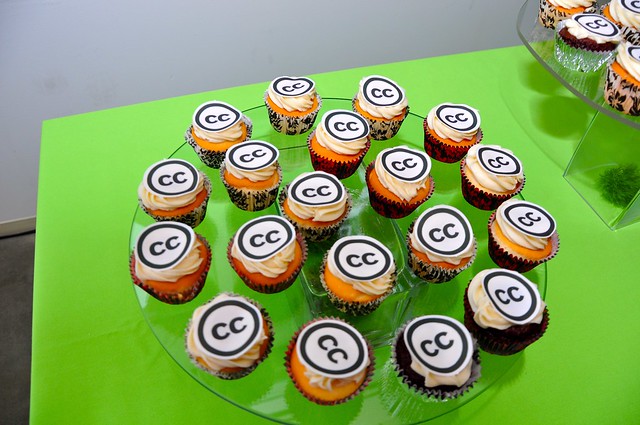3. Licences and attribution
You can use copyright material, without infringing on the rights of the creator, by agreeing to a licence.
What is a licence?
A licence grants you “permission to use intellectual property in a way that would otherwise be a breach of the owner’s statutory rights” (Encyclopaedic Australian Legal Dictionary). Typically, a licence covers:
- exclusivity — an exclusive licence means only the licensee is allowed to use the work
- duration — how long you are allowed to use the material for
- purpose — what kinds of things can you do with the item (i.e. is the use for personal or commercial reasons)
- restricted uses — outlines restrictions on the use of the item (e.g. using an image with a model in such a way as would bring them into disrepute)
- attribution requirements — the way in which the creator is credited.
Public copyright licence
A public copyright licence, or public licence, is a type of copyright licence popularised by Creative Commons and the open software movement. This type of licence is open to the public at large and is non-exclusive (i.e. it is available to more than one person at a time). Most public copyright licences are written in a way that is easy to understand for non-lawyers.
Creative Commons
Creative Commons has popularised the use of public copyright licences. Their licences are built by using a combination of four main conditions.
 Creative Commons License and how it helps us share digital content (YouTube, 5m32s)
Creative Commons License and how it helps us share digital content (YouTube, 5m32s)
Attribution
Attribution is the act of crediting an author or creator for their work. Attribution is similar to academic citation and referencing, a practice you may already be familiar with. Creative Commons licences indicate the attribution should include:
- title of the work – with a link to the original source
- creator’s name – with a link to their page, if available
- licence the work is made available under – with a link to the licence deed
- any copyright notices associated with the work.
The attribution statement should appear as close to the work as possible. Attribution requirements are almost always discussed in the licence, so check this if you are unsure.

Example: “Creative Commons 10th Birthday Celebration San Francisco” by tvol is licensed under CC BY 2.0.
![]() Read Recommended practices for attribution for CC licensed materials.
Read Recommended practices for attribution for CC licensed materials.

